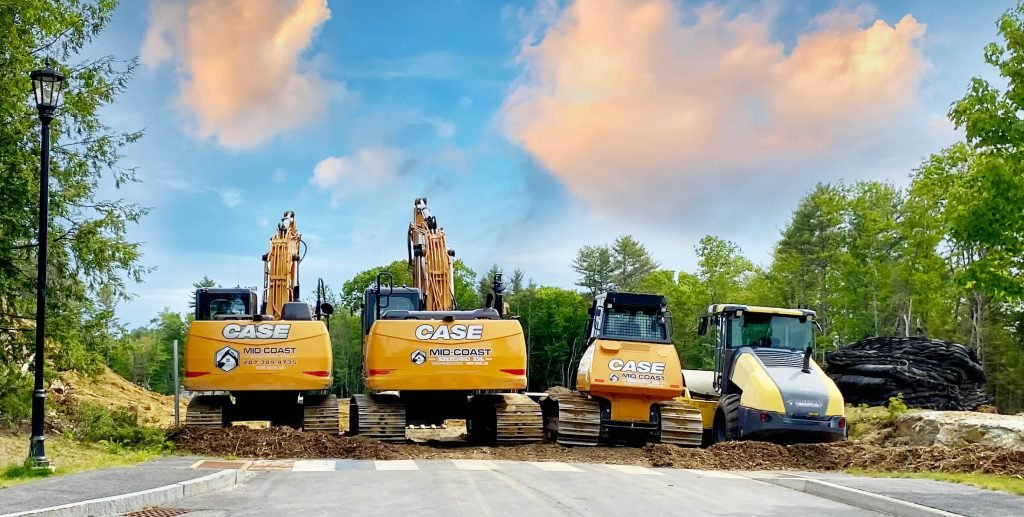Construction projects wouldn’t be the same without excavation, and a good foundation is essential for any project.
Excavation involves moving soil and rock with the help of tools, equipment, or explosives to form an open hole, tunnel, or cavity. It can also include grading and drainage.

Ground Preparation
Ground preparation is one of the most important steps in construction, because it helps to create a level, sturdy foundation for your building. The work is done through a variety of methods, including clearing and grubbing, soil stabilization, earthwork and filling.
A good foundation provides structural support, prevents moisture from entering your home and stops it from collapsing in the event of earthquakes or natural disasters. Depending on your location, soil and groundwater conditions, the type of foundation you choose may vary.
Before deciding on a foundation, it is best to consult a soil and construction professional. They will test the soil to determine its bearing capacity and level of compaction. They also check for underlying bedrock and water tables, as well as the quality of your backfill.
Grading
Building a strong foundation begins with grading, a process that ensures the ground around the home is level and properly drained. It also helps prevent foundation damage and moisture issues from developing.
A good grading system will direct rainwater and snowmelt away from the house, using gravity to carry it to drainage systems that will keep it from harming the home. It will also protect the ground from rot and termites, which can become serious issues if they aren’t taken care of.
It is important to work with a construction professional who is experienced in grading. These professionals know where compacting is necessary and how to control runoff water.
A good grading system will also create an aesthetic appearance for the property. It will take into account elevations needed for walkways, driveways, patios, and gardens.
Excavation
Excavation is a vital part of construction. It helps create a solid foundation for any structure that will not sink or crack.
It also removes unwanted rocks and boulders to clear a space for further work. It is necessary to have skilled engineers and contractors perform excavations.
Trenching is a type of excavation that extends beyond the depth of the soil to create a foundation for built-in pipelines and sewer systems, as well as service lines.
Muck excavation involves the removal of a mucky layer of soil and water from the ground. It is then spread out to dry or moved to another area.
Before excavation begins, it is important to check that all buried services are marked or otherwise identified. This will prevent unnecessary hazards and allow the work to begin safely.
Laying the Foundation
A well-built foundation is vital in keeping a house safe and sound. It functions to support the load of the structure, anchor it against earthquakes and protect it from ground moisture.
Natural forces affect the soil under a home at any time, including temperature fluctuations, seasonal shifts in water tables and tectonic movement below the foundation. The right foundation can resist these effects and transfer the load to underlying soil or rock to prevent excess settlement and movement.
It is important that the foundation be designed correctly and constructed by a licensed contractor. This process is complex and requires knowledge of local building codes.


